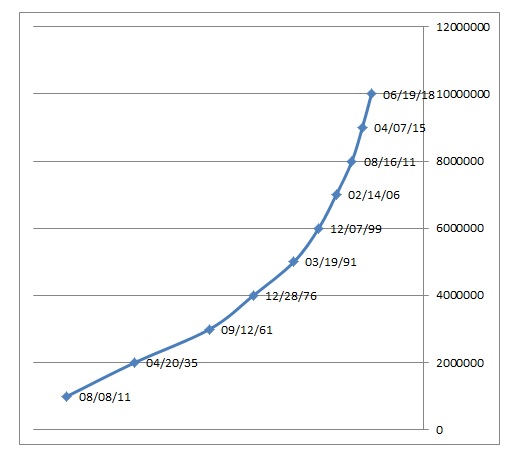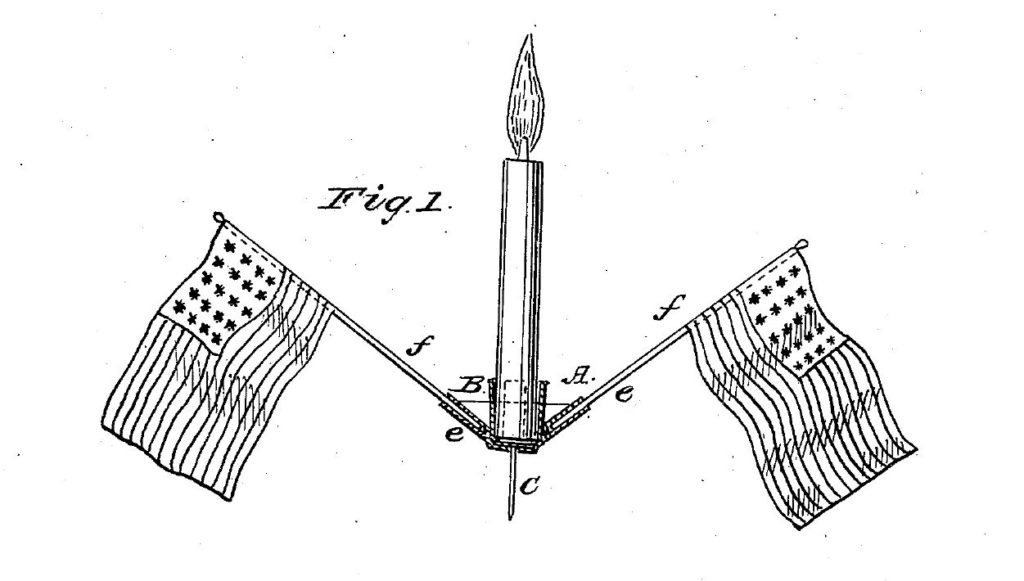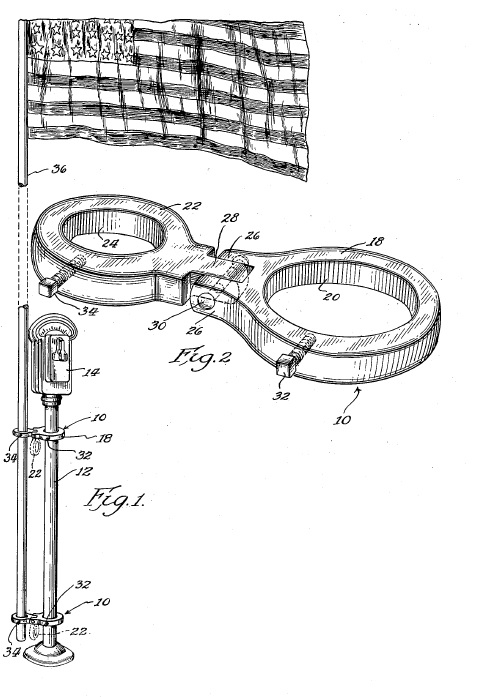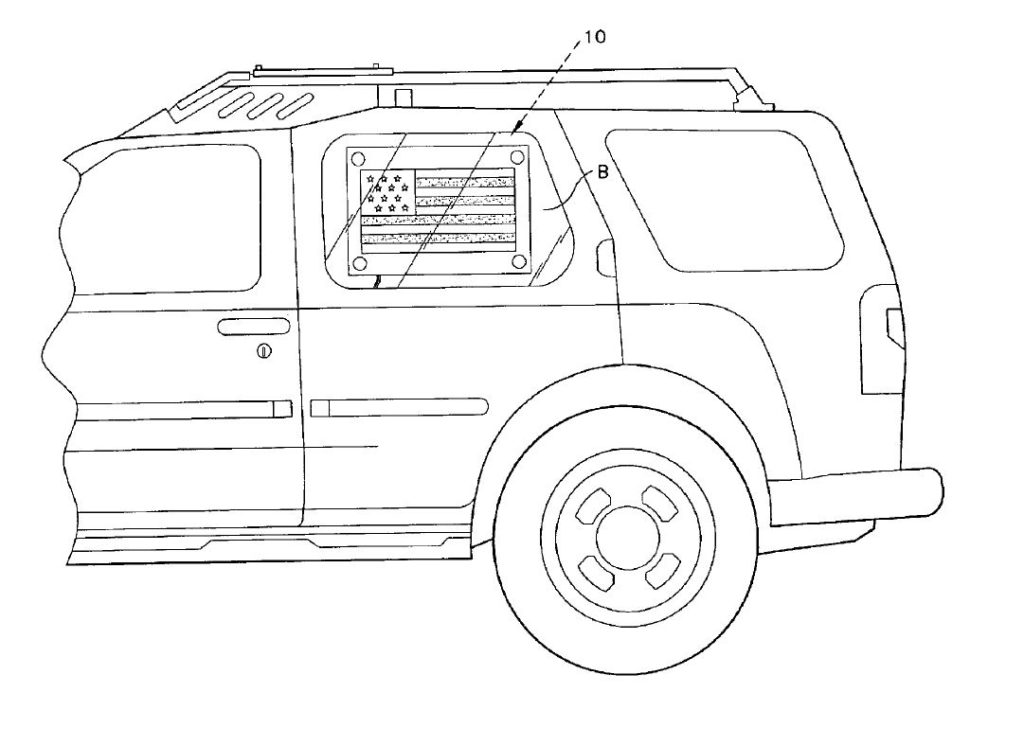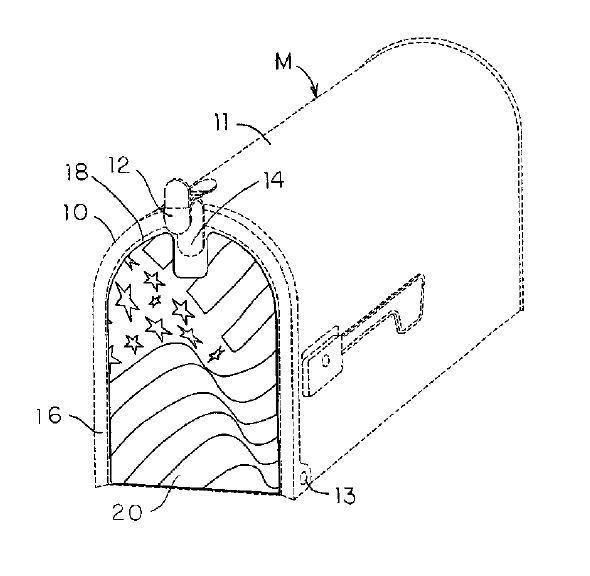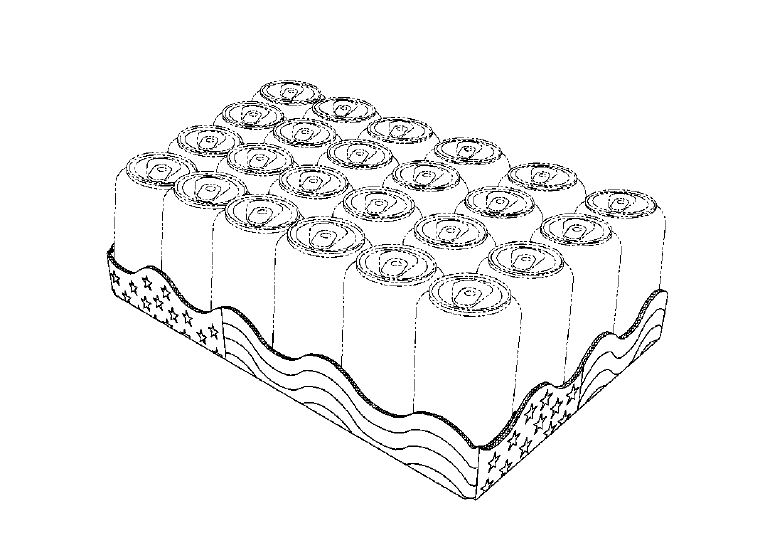In Sirona Dental Systems GmbH v. Institut Straumann AG, [2017-1341, 2017-1403](June 19, 2018), the Federal Circuit affirmed-in-part, vacated-in-part, and remanded-in-part, the PTAB’s determination that claims 1-8 of U.S. Patent No. 6,319,006 were unpatentable, while claims 9-10 were patentable.
The patent related to a drill template, to precisely place a pilot hole for a tooth implant. The parties each provided their own translation of the primary references, and based upon these different translations disputed whether the reference digitally inputs structures of the mouth or movements of the mouth into the simulation. Sirona focused on the references disclosure of a “recording bow,” which only measures movement of the jaw joint, not surface structures. However, the Federal Circuit agreed with the district court that this was not dispositive in light of the reference’s other disclosures.
In addition to agreeing with the Board about the content of the prior art, the Federal Circuit also found substantial evidence also supported the Board’s finding that a person of ordinary skill in the art would have been motivated to combine the references, and affirmed the determination that claims 1-8 would have been obvious.
Sirona also complained that the Board violated the APA when it determined that Sirona’s recording bow argument was not relevant and put together its own obviousness theory based on Bannuscher’s input of “geometry data,” which
does not appear in the petition. While the Federal Circuit agreed that it would not be proper for the Board to deviate from the grounds in the petition and raise its own obviousness theory, it held that the Board’s unpatentability determination did not
deviate from the grounds alleged in the petition. The Federal Circuit noted that the Board cited the same portions of the reference as the Petition, and said the Board “did not change theories simply because the petition did not use the exact words.” The Federal Circuit also noted that Sirona spent much of its response addressing the very argument that it complained was new.
Sirona also challenged the denial of its contingent motion to amend. On this point, the Federal Circuit agreed. The final written decision, which issued prior to Aqua Products,
improperly placed the burden on Sirona to demonstrate that the proposed substitute claims were patentable. The Federal Circuit vacated the Board’s denial of Sirona’s contingent motion to amend and remand for the Board to reconsider in light of Aqua Products.
On the cross appeal, the Federal Circuit affirmed the finding that claims 9 and 10 were patentable, noting that there was no error in the Board’s decision not to decide grounds of unpatentability not raised in the petition.

